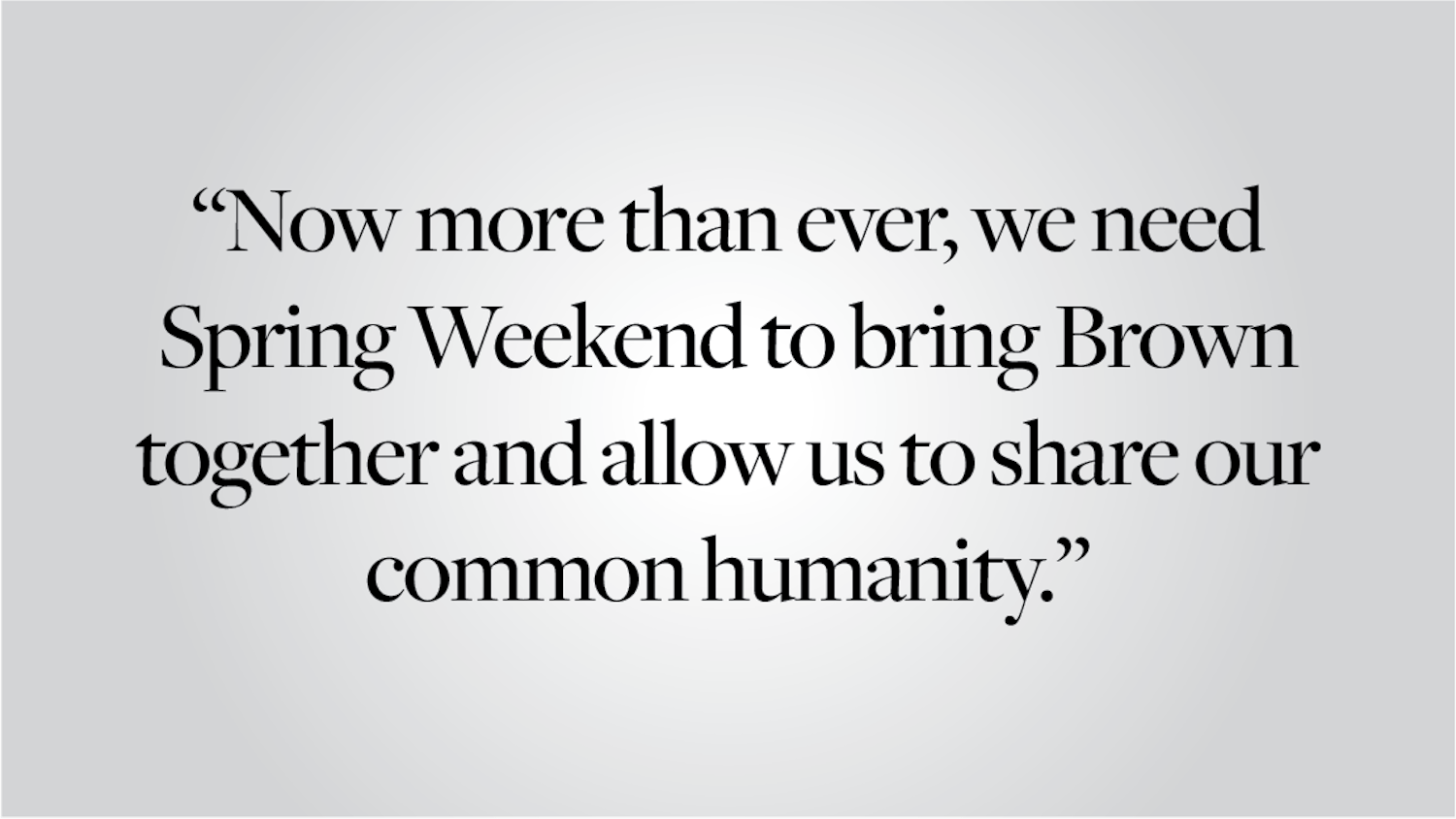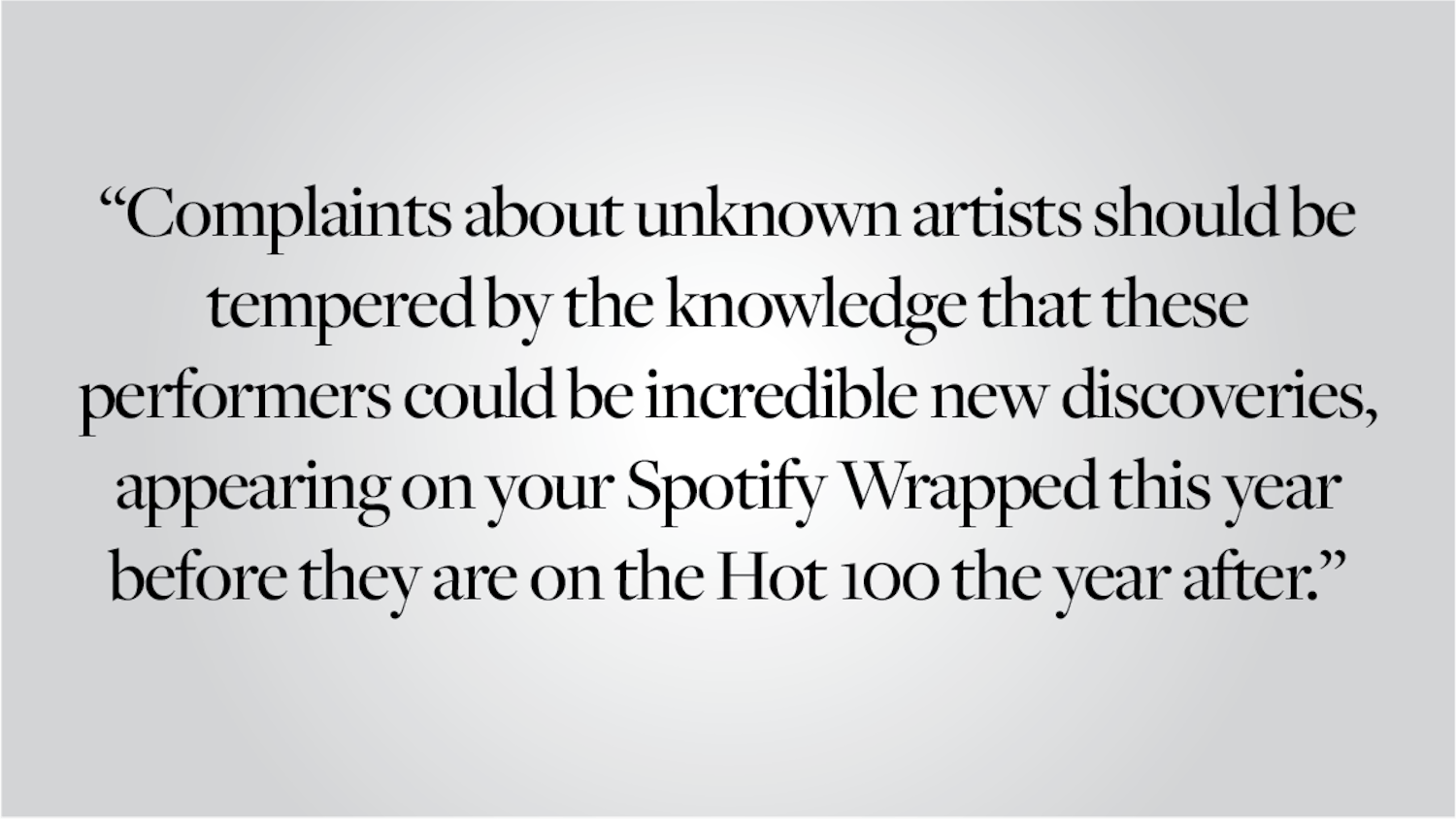Upon walking into the V-Dub for breakfast last week, I was disappointed to hear Migos’ new song “Kelly Price” blaring from the omelette station. The refrain of the song essentially encourages “getting drugs for the right price.” My experience with public spaces at Brown — the Nelson, the dining halls, the mail room, the Zucconi Varsity Center, Marston Boathouse, even Perkins’ hallways in the afternoon — unfortunately has been inundated by heavy doses of base and vulgar lyrics from hip-hop songs. Of course, hip-hop hasn’t always featured these kinds of lyrics: hip-hop has served as a powerful avenue for self-expression and has led to social change and government reform. In fact, the commodification of the genre of hip-hop at the hands of predominantly white music executives has cheapened the political and social power of the genre; as students we ought to be aware of the cheapened quality of rap music we consume and how we can become desensitized to its messages of violence and misogyny.
While Migos songs frequently discuss drugs, Big Sean songs deal with sex: “Knew that ass was real, when I hit it bounce back,” and as one can observe from a music video featuring Future and producer Hudson Mohawke, Future can’t freestyle over any beat without saying “we poppin’ bottles, we smokin’ kush.” Don’t get me wrong, I do enjoy listening to trashy lyrics from time to time, but the popularity of this “trap” or “gangsta hip-hop” music has made my days into somewhat of a daily onslaught of degenerate messages.
It is difficult to deny the popularity of this sort of hip-hop at Brown and among young listeners across the country. Twenty-four percent of the songs on the Billboard Top 50 are hip-hop records. According to a 2011 study by Statista, hip-hop is the “most-liked” music genre among college students on Facebook. Brown invited Young Thug to headline Spring Weekend this April after booking Fetty Wap to headline last year. The supremacy of hip-hop’s recently redefined “trap” and “gangsta” offshoots, relative to other genres, is indisputable. This isn’t necessarily a bad thing. But, on the whole, the music these artists produce represents an about-face from hip-hop’s more authentic traditions. When we book artists like these, we choose to support commodified music at the expense of hip-hop that more accurately reflects the struggles of the black artists who created the genre.
Hip-hop was conceived as a voice for an “otherwise underrepresented group” — young, urban, working-class African Americans — and it has roots in the “African oral tradition.” But its core message has been cheapened at the hands of white corporate America as young rappers have been pressured to take on new, more marketable personas through their music. As journalist Christopher Farley wrote in Time, “rap’s commodification has also disenfranchised it as a form of resistance.” The violence frequently depicted in earlier rap music can actually be viewed a symptom, rather than a cause, of America’s urban problems and a manifestation of America’s culture of “conquest, rebellion and bloodshed.” Rap’s current struggle for cultural legitimacy is a far-reaching consequence of the genre’s sequestration from the community in which it originated. Rap has been “repackaged by money-minded businesspeople looking to create a wider appeal by erasing hip-hop’s historic function” and “sold back to the streets through marketing ploys such as music videos and Top-40 charts.” Indeed, Top-40 hip-hop may be the biggest cause of hollow hip-hop.
Today, the lyrics in rap music convey violent and sexist messages. Researchers at Elon University found that many rap songs are guilty of “graphic derogatory presentations of women using lyrics that objectify, exploit or victimize them.” And, according to a 2011 paper in the Journal of Black Studies, rap music “ultimately supports, justifies, instills and perpetuates ideas, values, beliefs and stereotypes that debase women.” These ideas can distort our understanding of normal gender relations; the same study reports that “more than half of a sample of young educated adult males agreed that rap accurately reflects at least some of the reality of gender relations between black male and females.” The increasing popularity of rap music can legitimize misogynistic messages that the genre frequently promotes.
Perhaps today’s hip-hop music truly represents the zeitgeist or spirit of the times; perhaps the music profoundly illustrates exactly the kind of lifestyle that we, as ambitious college students, are hoping to one day achieve. If so, this may also represent an attempt by young people to appropriate the genre and distort the messages it contains to suit our own needs. We, as college students, ought to be more aware of the messages we consume on a daily basis. We must remember that when we listen to bad hip-hop, we simultaneously fund its future production and squelch the better artists of the genre. Hip-hop is a cultural cornerstone of the black cultural experience in America, and contemporary hip-hop does not do justice to these roots.
Andrew Friedman ’19 can be reached at andrew_friedman@brown.edu. Please send responses to this opinion to letters@browndailyherald.com and other op-eds to opinions@browndailyherald.com.




